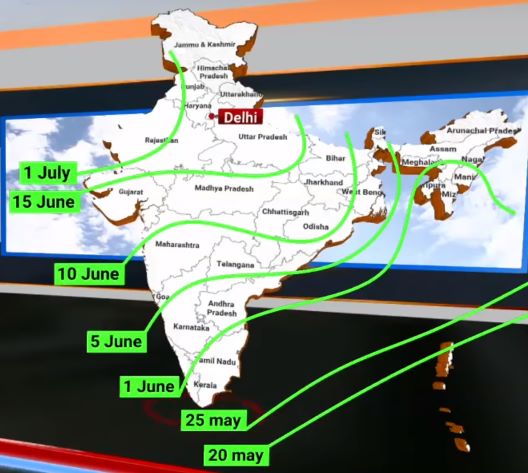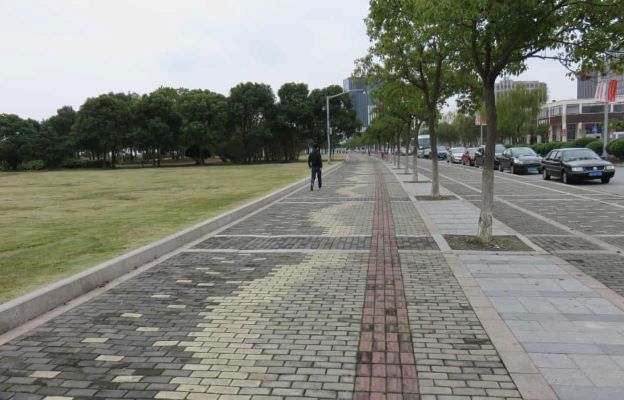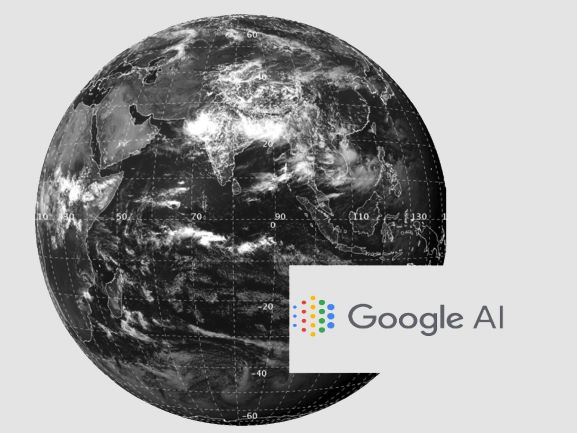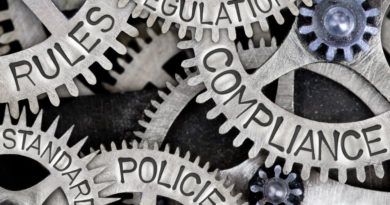As Storage Across Reservoirs Dip, West and South India Bear the Brunt

The level of water storage in the week ending on May 16, 2019, in the 91 reservoirs of the country dropped by 2% and stood at 35.99 Billion Cubic Meters, (BCM) which is 22% of the total storage capacity of these reservoirs. This percentage was at 24 for the week ending on May 9, 2019. South India and West India seem particularly badly stuck, bringing to the fore the huge investments made in dam storage in Maharashtra, which have clearly failed, indicting successive governments and their investments in these over the past two decades.
37 Reservoirs out of these 91 have hydropower benefit with an installed capacity of more than 60 MW. As per government data, region wise status is:
Northern Region
The northern region includes States of Himachal Pradesh, Punjab, and Rajasthan has six reservoirs under CWC monitoring having a total live storage capacity of 18.01 BCM. The total live storage available in these reservoirs is 8.54 BCM which is 47% of the total live storage capacity of these reservoirs. Storage during the current year is better than the corresponding period of last year and is also better than the average storage of the last ten years during the corresponding period.
Eastern Region
The Eastern region includes States of Jharkhand, Odisha, West Bengal, and Tripura with 15 reservoirs under CWC monitoring having a total live storage capacity of 18.83 BCM. The total live storage available in these reservoirs is 5.04 BCM which is 27% of total live storage capacity of these reservoirs. Sadly, storage during the current year is less than the corresponding period of last year but is better than the average storage of the last ten years during the corresponding period.
Western Region
The Western region is bearing the brunt of the delay, as well as an already poor monsoon earlier. Including the States of Gujarat and Maharashtra and home to 27 reservoirs with a total live storage capacity of 31.26 BCM . The total live storage available in these reservoirs is 4.10 BCM which is 13% of the total live storage capacity of these reservoirs. This is well under the 10 year average, as well as last year’s levels.
Central Region
The Central region includes States of Uttar Pradesh, Uttarakhand, Madhya Pradesh, and Chhattisgarh with 12 reservoirs under CWC monitoring having a total live storage capacity of 42.30 BCM. The total live storage available in these reservoirs is 11.44 BCM which is 27% of the total live storage capacity of these reservoirs. The storage during the current year improved marginally than the storage of last year and is also better than the average storage of the last ten years during the corresponding period.
Southern Region
The Southern region includes States of Andhra Pradesh, Telangana, AP&TG (Two combined projects in both states), Karnataka, Kerala, and Tamil Nadu. There are 31 reservoirs under CWC monitoring having a total live storage capacity of 51.59 BCM. The total live storage available in these reservoirs is 6.86 BCM which is 13% of the total live storage capacity of these reservoirs. The region shows no change as the storage during the current year is equal to the corresponding period of last year but is less than the average storage of the last ten years during the corresponding period.
The states which are faring better than last year in water storage are: Himachal Pradesh, Punjab, Gujarat, Uttarakhand, Madhya Pradesh, Karnataka, and Tamil Nadu. States having equal storage than last year for corresponding period are Uttar Pradesh, Telangana and AP&TG (Two combined projects in both states) Andhra Pradesh and Telangana. However, states having lesser storage than last year are Rajasthan, Jharkhand, West Bengal, Tripura, Odisha, Maharashtra, Chhattisgarh, Andhra Pradesh, and Kerala.
Read: Water Levels Dips Another Percent, As Anxiety Levels Rise for Monsoons
Monsoons delayed
India’s private weather forecaster, Skymet released its Monsoon 2019 onset dates on 15 May. The company says that the arrival of Monsoon will be delayed by three to four days. Thus, Monsoon 2019 will reach the state of Kerala only around June 4 with an error margin of +/-2 days.
Thereafter, the progress of Monsoon will be sluggish, due to which Monsoon which usually makes an onset over Mumbai and its adjoining areas around June 8 and 10 will be delayed by four to five days.
Meanwhile, Pre Monsoon activity will commence around the city of Mumbai around June 7 and gradually, the intensity will increase. By June 14, we expect Monsoon to mark its onset over Mumbai. Thus, Mumbai will have to wait for at least 20-25 days for good rainfall activities.

Region wise forecast
North
Up in the North, a fresh Western Disturbance is over North Pakistan and adjoining Jammu and Kashmir. Its induced Cyclonic Circulation is over Central Pakistan and adjoining parts of Punjab. Now, rain intensity would increase over Jammu and Kashmir, Himachal Pradesh and Uttarakhand with hailstorm activities over parts of Himachal and Uttarakhand.
West
Over the plains, scattered rain and thundershowers would occur over Punjab, Haryana, parts of Delhi, West Uttar Pradesh and North Rajasthan. The experts have to say that due to this temperature might remain below normal over most places in the Northwest Plains, bringing relief from heat.
East
In East and Northeast India, a Cyclonic Circulation is over South Bihar and adjoining areas. Another Cyclonic Circulation is over East Assam. Due to moisture feed coming from the Bay of Bengal, moderate rains with one or two heavy spells would continue over Northeast India with scattered rains over Sub Himalayan West Bengal and Sikkim. However, weather of East Uttar Pradesh, Bihar, Jharkhand and Gangetic West Bengal will be almost dry. Also, temperatures are not expected to increase over East India for at least next two days.
Central India
While in Central India, due to continuous humid winds coming from the Arabian Sea, temperatures will not increase. Hence, heat wave conditions will not make a comeback over Rajasthan, Gujarat and West Madhya Pradesh anytime soon. Weather in Maharashtra inclusive of Mumbai would remain dry. Whereas, heat wave conditions might still persist in isolated pockets of Vidarbha.
South
Lastly, in South India, a north-south trough is extending from Jharkhand to Interior Tamil Nadu across Telangana and Rayalaseema. Hence, scattered pre-Monsoon rain and thundershowers would continue over interior parts of Tamil Nadu, parts of Kerala and one or two places of South Interior Karnataka and Andhra Pradesh. While Telangana and North Interior Karnataka will continue to witness dry and hot weather conditions.
Pic and Inputs from Skymetweather.com








